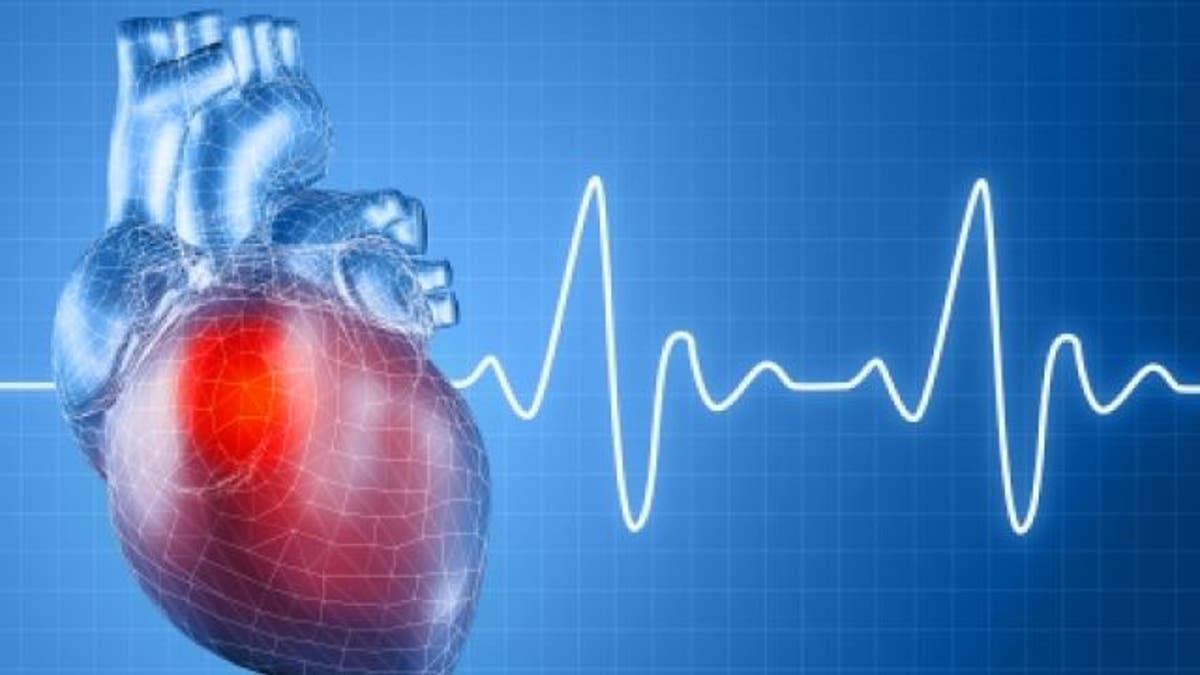
More people survived cardiac arrests in Denmark after the country encouraged bystanders to step in and perform CPR, a new study shows.
Researchers found the proportion of cardiac arrest patients who got to the hospital alive and survived over the next year increased between 2001 and 2010 as the initiatives were introduced.
"The main message from this study is that national initiatives to improve cardiac arrest management seem to have an impact with an increase in bystander CPR rates and survival rates," Dr. Mads Wissenberg, the study's lead author from Copenhagen University Hospital Gentofte, said in an email.
Approximately 300,000 people in the U.S. go into cardiac arrest every year and about 90 percent of those die, according to the Centers for Disease Control and Prevention.
The American Heart Association says immediately starting CPR when a person goes into cardiac arrest - when the heart stops beating - can double or triple that person's chances of survival.
CPR, or cardiopulmonary resuscitation, involves pushing down onto a person's chest to keep oxygen-rich blood flowing to the body's vital organs until medical help arrives. For cardiac arrest, that help typically involves using an automatic external defibrillator (AED) to shock the heart.
According to the researchers, who published their study in the Journal of the American Medical Association, Denmark noticed about 10 years ago that few people stepped in to perform CPR and a minority of cardiac arrest victims survived more than 30 days.
The country took several steps to increase the number of people performing CPR. Those included introducing mandatory training for elementary school students and people getting driver's licenses, distributing instructional training kits, offering telephone guidance to bystanders and placing AEDs in public places.
To see whether those and other initiatives were linked to improved outcomes, the researchers analyzed data from 19,468 people who went into cardiac arrest someplace other than a hospital between June 2001 and December 2010.
At the beginning of the study, Wissenberg and his colleagues found that only about 21 percent of patients had a bystander step in to perform CPR during their cardiac arrest. By the end of the study in 2010, that number had more than doubled to 45 percent.
There was only a small increase in the use of AEDs, but that was expected because most weren't placed in public places until the end of the study.
Still, the researchers found the chance of people surviving cardiac arrest until they got to the hospital increased from about 8 percent to 22 percent. Their chance of survival after 30 days also increased from about 4 percent in 2001 to about 11 percent in 2010.
And the proportion of people who were still alive one year after cardiac arrest rose from about 3 percent in 2001 to about 10 percent in 2010.
But the credit for better outcomes doesn't belong to CPR alone, according to Wissenberg. He said increases in survival are likely linked to many factors, including events that happen before and after a cardiac arrest patient gets to the hospital.
The researchers also can't say the national initiatives directly caused the increase in participation or survival.
"Nevertheless, the results of this study indicate that the increased rate of bystander CPR was an important factor in improving survival," Wissenberg wrote.
Dr. Graham Nichol, professor of medicine at the University of Washington in Seattle, said implementing a national program like Denmark's is novel, compared with implementing smaller regional programs. He said it's something needed in the U.S.
"It's important that people know that this is an easy thing to do and everyone should learn it and learn how to respond to a medical emergency," Nichol, who wasn't involved in the new study, said.
"I'm optimistic that we can do that. It's going to take an ongoing effort from a lot of people to achieve that," he said.
